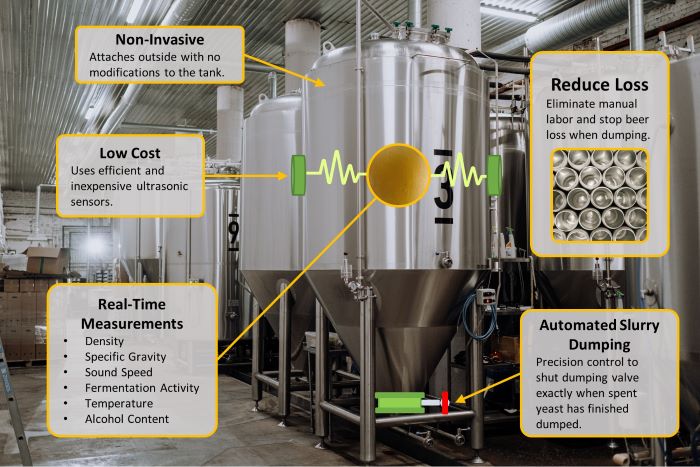SoniView
SoniView's ground-breaking acoustic technology offers inexpensive and non-invasive fermentation automation. No modifications to your equipment, no wasted time sampling fermentation progress, and no beer loss during slurry dumping. Know exactly when your next batch is finished and exactly how long to dump the slurry. Find out how SoniView can help automate your brewing today!
Richard P. Feynman Center for Innovation
- Business Development Executive
- Marc Witkowski
- Los Alamos National Laboratory
- 505-665-8315
Our Technology
SoniView has developed a brand-new way to track your beer’s fermentation from outside the tank, offering a low cost and non-invasive way to monitor your beer's fermentation progress and activity. SoniView’s advanced acoustic sensors are easily installed on the outside of any conical fermentation tank, requiring no modifications. Using controlled ultrasonic bursts, SoniView analyzes how the sound interacts and is changed by your beer, giving you a live view of the beer as it ferments.
Fermentation Monitoring – Our cutting-edge signal analysis techniques ensure precise tracking of your beer’s fermentation progress, helping you keep every parameter right where you want it. With SoniView there’s no more manual tracking or measurements, you stay informed the instant anything gets off-balance, and you know exactly when your batch is done. SoniView can be used to track:
- Density
- Specific Gravity
- Sound Speed
- Fermentation Activity
- Temperature
- Alcohol content
Spent Yeast Removal – Know the moment the last bit of spent yeast has been removed without having to make any estimates. Fully automate your slurry dumping processes, free up manual labor, and stop losing beer. SoniView can improve your:
- Accuracy – reacts in milliseconds, shutting your valve as soon as dumping finishes
- Automation – estimated recouping of hundreds of gallons of product per year, per tank
Our Story
SoniView started as a technology created for the United States Department of Defense to detect the contents of artillery shells without opening them during the Gulf War. Since many of these shells contained chemical weapons, the technology was aimed at determining what, if any, chemical weapon was contained inside the shell. This capability allowed the US to inspect shells in seconds, rather than the hours it took to open them up and manually sample the chemical agent.
By the early 2000s, the technology was found to have great potential in the oil and gas industry. Oil fields could have thousands of different wells, each of which could have different levels of profitability due to the amount of oil or water they were extracting. This technology was used to determine both the oil-water cut (amount of oil versus water being extracted) and the flow rate right at the wellhead, giving field owners a microscopic look at productivity and allowing them to shut off wells that are not producing.
Finally, in 2020, focus was given to the brewing industry, as the same technology that had impacted these other industries could be used to modernize brewing and distilling. Now, SoniView’s technology can provide fermentation progress information, yeast slurry dump automation, and distillery contamination monitoring, all while still being cost-effective and non-invasive.
Our Expertise
Backed by over $60 Million in R&D and over 20 patents, we have carefully perfected our acoustic technology. SoniView has created the ideal low-cost, low-maintenance, and non-invasive monitoring technology. More than just the hardware, SoniView is backed by world experts in ultrasonic technology. We have carefully crafted a team capable of adapting SoniView's technology for your brewery's specific needs.
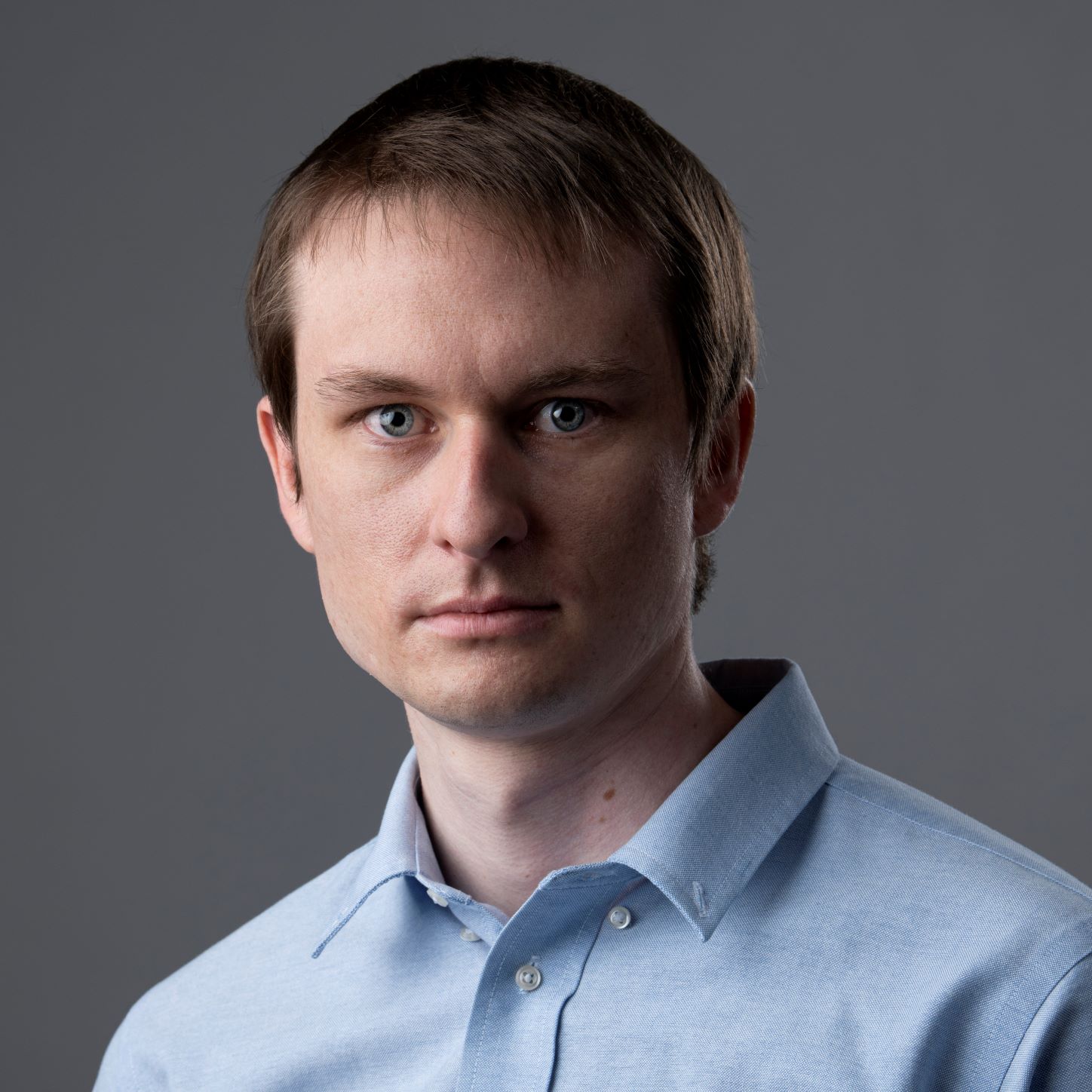 Eric S. Davis is a UC/LANL Postdoctoral Entrepreneur Fellow in the Acoustics and Sensors team in MPA-11. He earned a Ph.D. degree in Physics from University of Houston, Houston, TX, in 2018. Since 2013, Dr. Davis has been working at Los Alamos National Laboratory, first as an undergraduate research assistant, then a graduate research assistant, and finally a postdoctoral research assistant starting in 2019. His research focuses both on the fundamental side of physical acoustics (resonant ultrasound spectroscopy and through-transmission for materials characterization) as well as instrumentation and experimental design for the development of acoustic sensors. More recently, he has been working on commercialization of ultrasonic sensor technologies as part of the UC/LANL Postdoctoral Entrepreneur Fellowship program. He has won multiple pitch and presentation competitions, including the LANL Science in 3 event in 2019, as well as best pitch at the LANL DisrupTECH event in 2020.
Eric S. Davis is a UC/LANL Postdoctoral Entrepreneur Fellow in the Acoustics and Sensors team in MPA-11. He earned a Ph.D. degree in Physics from University of Houston, Houston, TX, in 2018. Since 2013, Dr. Davis has been working at Los Alamos National Laboratory, first as an undergraduate research assistant, then a graduate research assistant, and finally a postdoctoral research assistant starting in 2019. His research focuses both on the fundamental side of physical acoustics (resonant ultrasound spectroscopy and through-transmission for materials characterization) as well as instrumentation and experimental design for the development of acoustic sensors. More recently, he has been working on commercialization of ultrasonic sensor technologies as part of the UC/LANL Postdoctoral Entrepreneur Fellowship program. He has won multiple pitch and presentation competitions, including the LANL Science in 3 event in 2019, as well as best pitch at the LANL DisrupTECH event in 2020.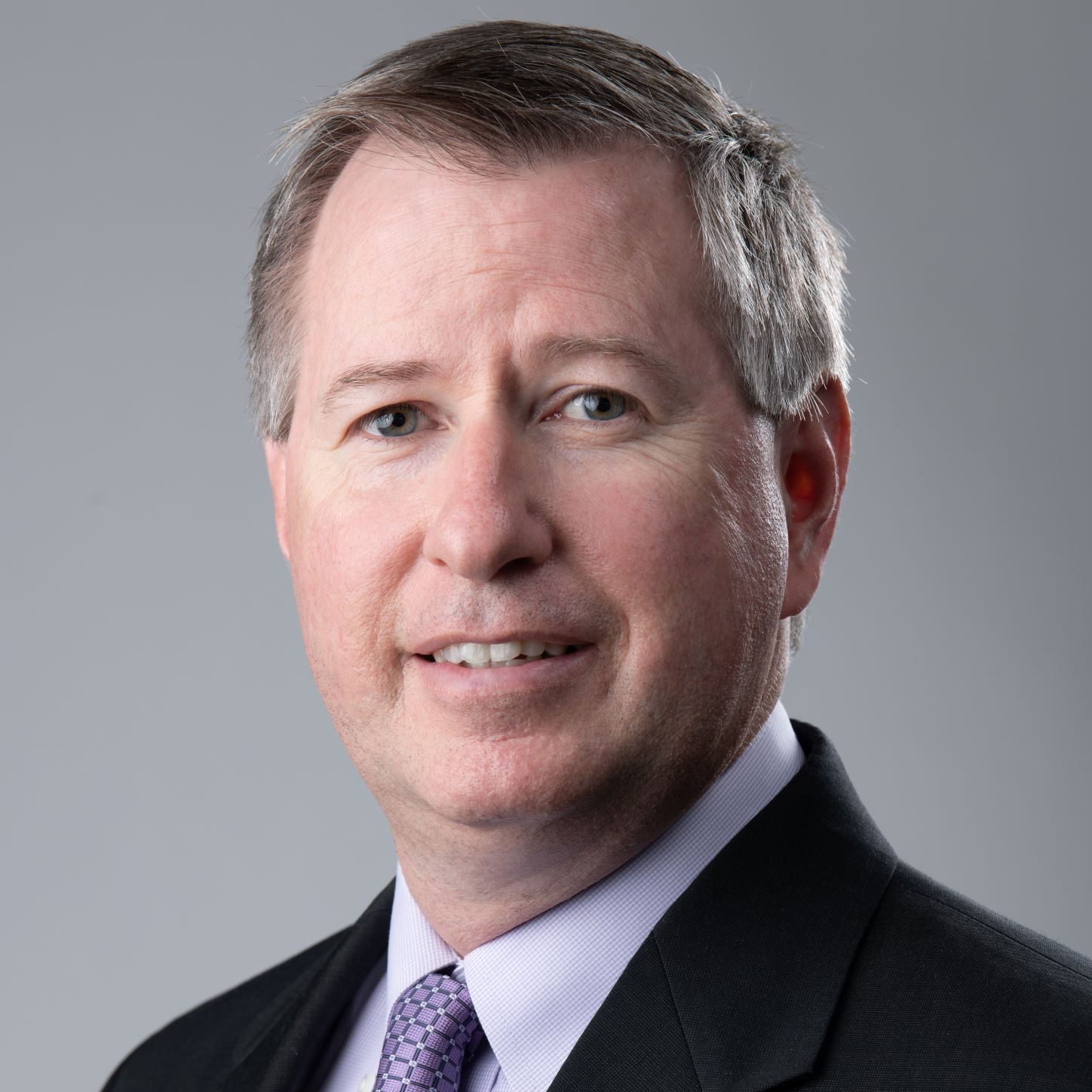 Marc Witkowski has more than 25 years of combined work experience in the private sector and within the Department of Energy’s national laboratories. He has extensive expertise in the earth sciences with a focus on computational modeling, geographic information systems, and analytical chemistry, and has been the recipient of more than 10 merit awards for exceptional work performed on projects of national importance. Marc is currently the alliance manager and business development executive for the oil and gas technology portfolio within the Feynman Center of Innovation at Los Alamos National Laboratory, where he manages and leads the transition of oil and gas related technology to the private sector. Marc holds a Bachelor’s of Science degree in Earth Science and a Master’s degree in Business Administration.
Marc Witkowski has more than 25 years of combined work experience in the private sector and within the Department of Energy’s national laboratories. He has extensive expertise in the earth sciences with a focus on computational modeling, geographic information systems, and analytical chemistry, and has been the recipient of more than 10 merit awards for exceptional work performed on projects of national importance. Marc is currently the alliance manager and business development executive for the oil and gas technology portfolio within the Feynman Center of Innovation at Los Alamos National Laboratory, where he manages and leads the transition of oil and gas related technology to the private sector. Marc holds a Bachelor’s of Science degree in Earth Science and a Master’s degree in Business Administration.
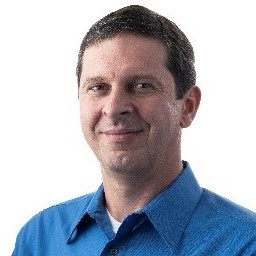 Cristian Pantea (MPA-11, Research Scientist) is a physicist with extensive experience in instrumentation, techniques, and sensors development. His main area of interest is Applied Acoustics, especially the development of novel acoustic-based sensors and detection methods for real-life applications. He published 50+ peer-reviewed publications, 1 book chapter, 23 patents issued and several more submitted. His work was cited more than 2,100 times, with a ‘h-index’ of 26 (Google Scholar). He is the team leader of the Applied Acoustics team in MPA-11, overseeing about 12 scientists, technologists and students. He has been named to the inaugural class of the Los Alamos Innovation Honor Society, created by the Richard P. Feynman Center for Innovation in 2018, and he was a 2018 R&D100 finalist (ACCObeam: Acoustic Collimated Beam).
Cristian Pantea (MPA-11, Research Scientist) is a physicist with extensive experience in instrumentation, techniques, and sensors development. His main area of interest is Applied Acoustics, especially the development of novel acoustic-based sensors and detection methods for real-life applications. He published 50+ peer-reviewed publications, 1 book chapter, 23 patents issued and several more submitted. His work was cited more than 2,100 times, with a ‘h-index’ of 26 (Google Scholar). He is the team leader of the Applied Acoustics team in MPA-11, overseeing about 12 scientists, technologists and students. He has been named to the inaugural class of the Los Alamos Innovation Honor Society, created by the Richard P. Feynman Center for Innovation in 2018, and he was a 2018 R&D100 finalist (ACCObeam: Acoustic Collimated Beam).
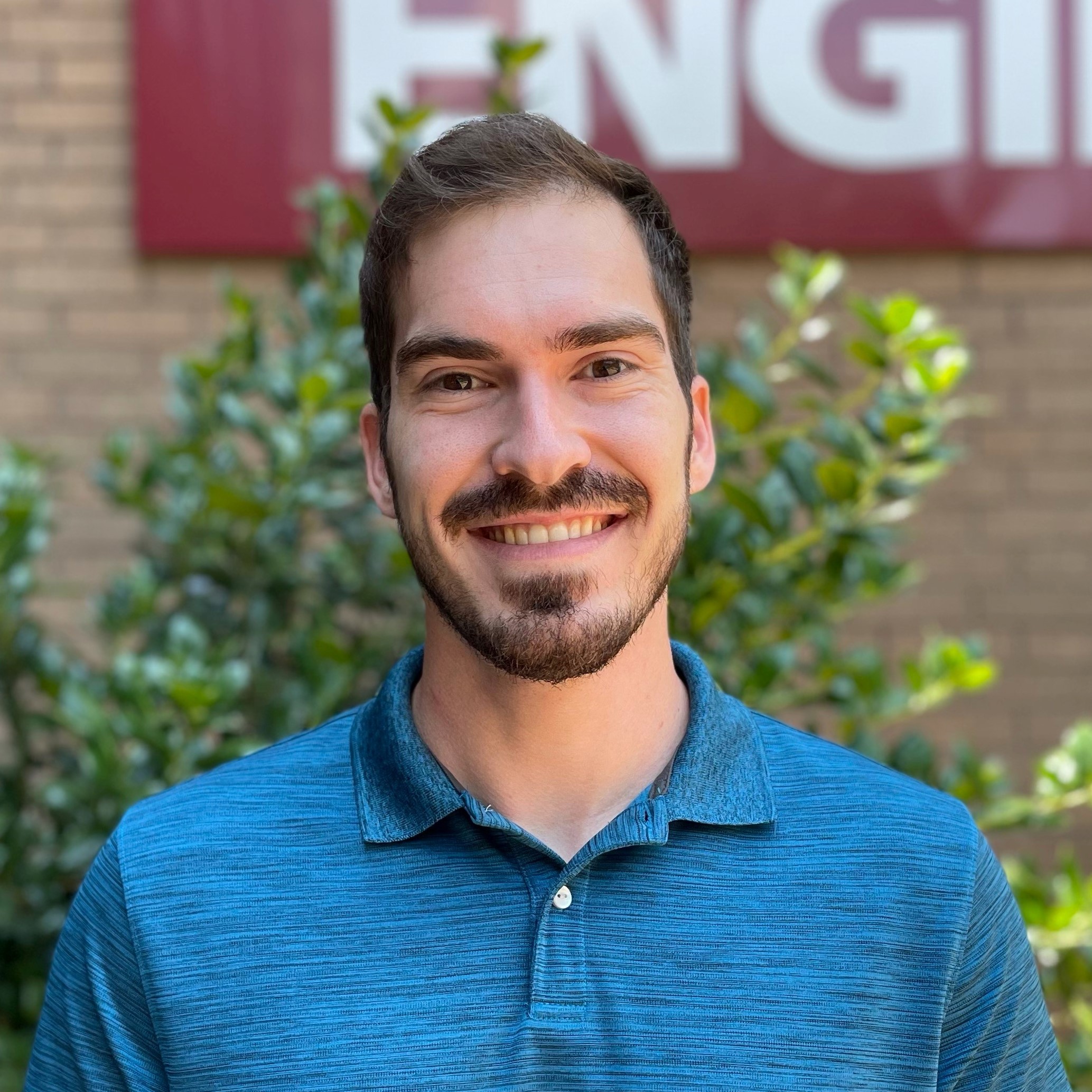 Andrew Miller is a National Laboratory Engineering Entrepreneur Fellow where he works with startups to develop market-ready prototypes. He earned a B.S. in Electrical Engineering with a minor in Mathematics from the New Mexico Institute of Mining and Technology and is finishing his Ph.D. in Electrical and Computer Engineering at Texas A&M University. He brings 8+ years of experience from his own startup in battery technology, ASIC and SOC research experience from Sandia National Laboratories, and a wide arrangement of product development experience through teaching undergraduate Capstone projects at Texas A&M University. He now works with Texas A&M’s Engineering Experiment Station and Los Alamos National Laboratory to commercialize university and lab assets.
Andrew Miller is a National Laboratory Engineering Entrepreneur Fellow where he works with startups to develop market-ready prototypes. He earned a B.S. in Electrical Engineering with a minor in Mathematics from the New Mexico Institute of Mining and Technology and is finishing his Ph.D. in Electrical and Computer Engineering at Texas A&M University. He brings 8+ years of experience from his own startup in battery technology, ASIC and SOC research experience from Sandia National Laboratories, and a wide arrangement of product development experience through teaching undergraduate Capstone projects at Texas A&M University. He now works with Texas A&M’s Engineering Experiment Station and Los Alamos National Laboratory to commercialize university and lab assets.
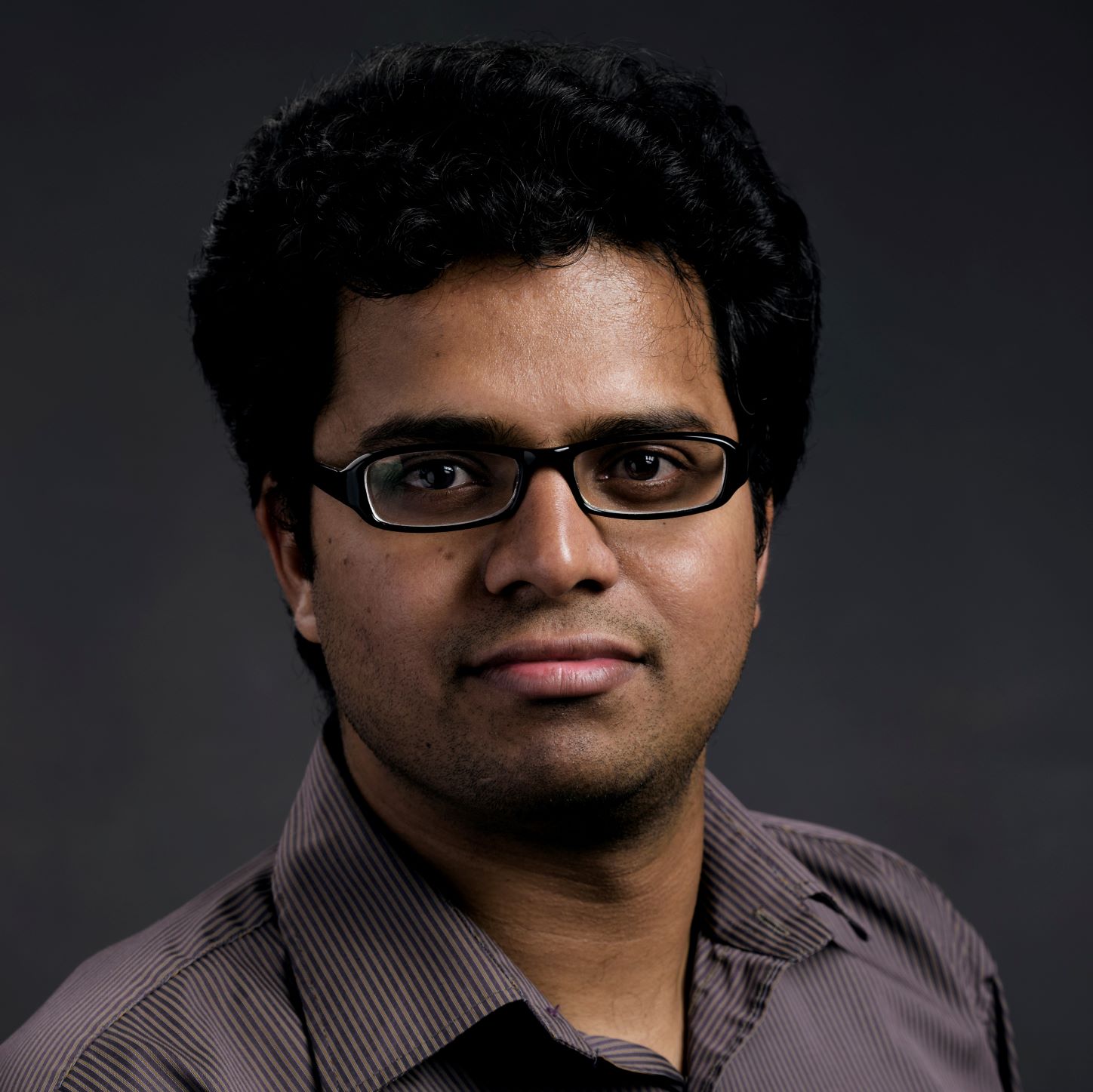 Vamshi Krishna Chillara is a Research Scientist in the Acoustics and Sensors Team at Los Alamos National Laboratory where he has been since October 2015. He obtained a Ph.D. in Engineering Science and Mechanics from The Pennsylvania State University, University Park, USA, in 2015, and a B.S. in Mechanical Engineering from Indian Institute of Technology Madras, India in 2010. His research interests include the development of ultrasonic sensors and sensing methodologies for a wide variety of structural, chemical, and biomedical applications. His research is supported by sponsors such as the Department of Energy, Los Alamos National Laboratory Directed Research and Development program, and industries such as Chevron, inc. He has published over 30 Journal and Conference publications and has five invention disclosures to date. He is the co-inventor of ACCObeam: acoustic collimated beam, a finalist for the R&D 100 award, 2018. At LANL, he received the postdoctoral publication prize in experimental sciences (2017), UC/LANL entrepreneurial postdoctoral fellowship (2017-2018), “Most fundable technology” award at Disruptech (2017), Center for Space and Earth Sciences Emerging ideas research award (2019), and the prestigious LANL Early career research award (2019).
Vamshi Krishna Chillara is a Research Scientist in the Acoustics and Sensors Team at Los Alamos National Laboratory where he has been since October 2015. He obtained a Ph.D. in Engineering Science and Mechanics from The Pennsylvania State University, University Park, USA, in 2015, and a B.S. in Mechanical Engineering from Indian Institute of Technology Madras, India in 2010. His research interests include the development of ultrasonic sensors and sensing methodologies for a wide variety of structural, chemical, and biomedical applications. His research is supported by sponsors such as the Department of Energy, Los Alamos National Laboratory Directed Research and Development program, and industries such as Chevron, inc. He has published over 30 Journal and Conference publications and has five invention disclosures to date. He is the co-inventor of ACCObeam: acoustic collimated beam, a finalist for the R&D 100 award, 2018. At LANL, he received the postdoctoral publication prize in experimental sciences (2017), UC/LANL entrepreneurial postdoctoral fellowship (2017-2018), “Most fundable technology” award at Disruptech (2017), Center for Space and Earth Sciences Emerging ideas research award (2019), and the prestigious LANL Early career research award (2019).

